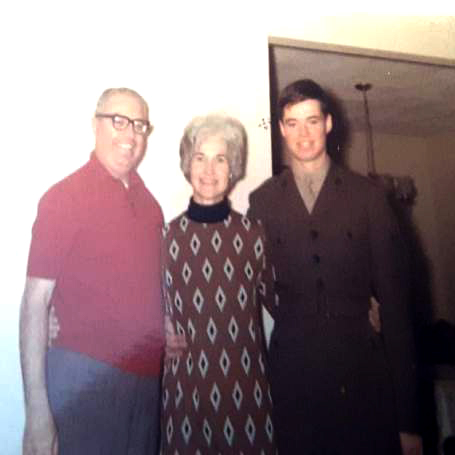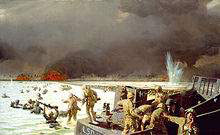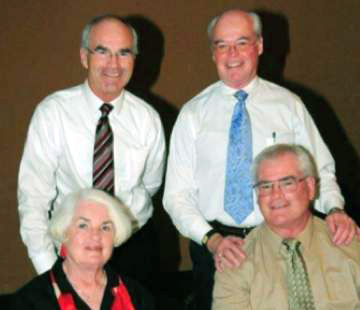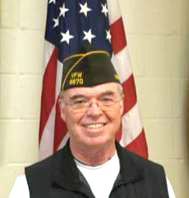Ken Burns’ Documentary On Vietnam
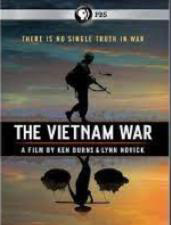
Some thoughts from VFW Post Chaplain Dan Doyle
Recently, on the Veterans Site by Greater Good, where he is a regular contributor, Chaplain Doyle wrote a lengthy analysis of Ken Burns latest documentary series on the Vietnam War. We thought it a bit too lengthy to reprint here in its entirety, and so have taken the liberty of summarizing Dan’s piece. We encourage you to visit the site to read the entire essay, the spirit of which we hope we have captured.
Ken Burns’ (documentary) series on the Vietnam War has drawn a lot of attention. There has been much talk about it. I have to admit that I have very mixed feelings about watching it.
Burns’ Civil War documentary is the best thing I’ve ever seen on television. It was thoughtful, sensitively handled, well written and a beautifully produced. One of its greatest strengths was in not judging the characters with current bias. It simply told the story.
When Burns produced the Civil War documentary, it was already a century and a quarter in the past; all of those involved were long since gone. That historical distance shaped Burns’ ability to simply tell the story without prejudice. This, I fear, is not the case with this new documentary on the Vietnam War. It is only 50 years in the past, in historical terms, still too “fresh.” There are still millions alive today who lived it. The Vietnam War is still alive in the hearts and souls of those who fought it those who fought against it. I am concerned that Vietnam veterans will come out on the dirty end of the stick again.
Ken Burns has given us some of the most thoughtful television in the history of TV, but without the historical distance that he had with the Civil War, and being a part of the Vietnam generation, can he really be as objective as he was with the Civil War documentary?
I think that Burns’ intentions are good. He seems to want to bring about some healing around the still open wounds of the Vietnam War through this documentary. If he can break through, or somehow ignore his own prejudices, feelings, and experiences from that time, it might be a good thing.
Maybe he will, maybe he won’t. Maybe I’m being too pessimistic. I do not know. I have not yet decided whether I will, or will not watch it. But I am not without hope.

